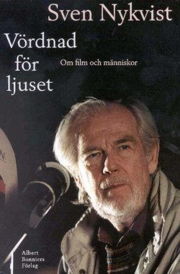
My “three gods of cinematography” have always been Vittorio Storaro, Sacha Vierny, and Sven Nykvist. (That’s not to slight the work of at least twenty other superb cinematographers I could name.)
Sven Nykvist died last week on Wednesday, September 20th, 2006. He won two Oscars, for his extraordinary work on Cries and Whispers and Fanny and Alexander, and won numerous other awards as well. He can be seen at work in the documentaries The Making of Fanny & Alexander (1986) Directed by Andei Tarkovsky (1988), and Light Keeps Me Company (1999), this final piece being made by his son, Carl-Gustaf Nyvkvist. He also directed a handful of films himself and wrote three books about his craft.
Sven Nykvist’s imdb page lists 121 films, and has a pretty good biography here. His Wikipedia page isn’t bad either, and provides links to good obituaries from The Daily Telegraph and The New York Times, a brief write-up from CNN. and a good piece on him for his award from The American Society of Cinematographers.
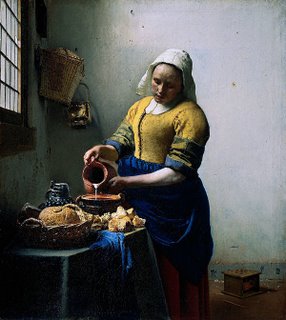
Nykvist is probably best known for his use of a soft “Northern light” similar to what one sees in Vermeer paintings or a Rembrandt. To achieve this, he sometimes employed a “light globe” or similar device, basically a sphere of silk lit from inside and hanging from a crane. He tried to light most scenes from a single source to avoid double shadows and achieve a greater realism. He did not want to draw attention to his work. (In my Cinematography II class, one assignment involved us recreating a scene from a film. Three of us picked films shot by Nykvist – all for different directors!)
Although Nykvist worked with many great directors, his name is almost synonymous with Ingmar Bergman. The two worked on (by my count) an impressive eighteen films together. For Winter Light, the second installment in Bergman’s “faith” trilogy, supposedly Bergman and Nykvist spent an entire day in a church, watching how the light shifted across the interior of the building as the hours passed.
While I am in awe of much of Nykvist’s work, Fanny and Alexander may be his most impressive for me. Not only do Bergman and Nykvist employ a broad palette of color to paint the different locales and moods, they also employ some astounding camera moves – but none of the work draws attention to itself . Unless you’re watching for it, you’re not likely to notice that certain scenes are filmed in one take. The opening of the film starts near Christmas time, with rich reds and greens and a sinuous dance of characters and camera. A middle section at the Bishop’s house is stark, bleak and grey. And near the end, the film employs a mystical, dream-like feel – evoking the daydream of the opening sequence (the original miniseries version is now finally out on DVD, thank goodness!).
While Fanny and Alexander, Hour of the Wolf and The Silence employ some rather horrific images to powerful effect, it’s really the love of face and hands that Bergman and Nykvist excel at. The extraordinary, sometimes painful intimacy of Scenes from a Marriage and Cries and Whispers, for instance, just would not work without a deep commitment to capturing human emotion on film in a naturalistic way.
The best testimony to Sven Nykvist’s work is, of course, his work itself. While the following screenshots are of varying quality, and can’t compare to actually seeing one of the films he shot, they offer a taste of the craftsmanship and artistry of this true master.
The Virgin Spring (1960)
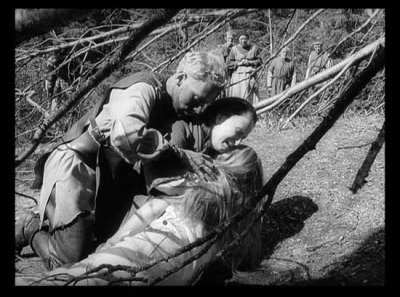

Through A Glass Darkly (1961)

Winter Light (1962)
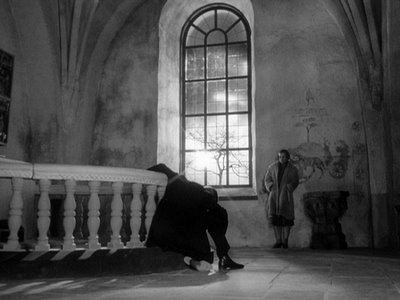
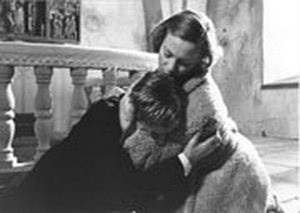
The Silence (1963)

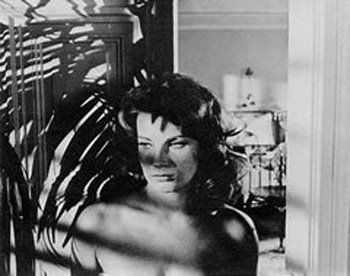


Persona (1966)

Hour of the Wolf (1968)


Shame (1968)
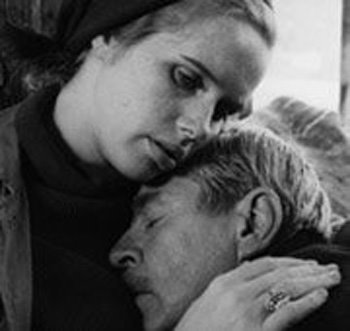
Cries and Whispers (1972)
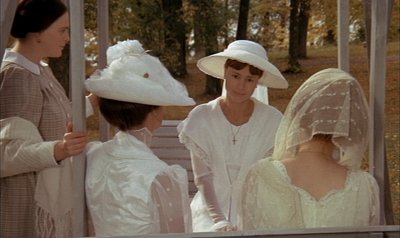
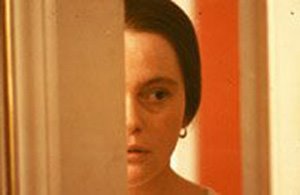
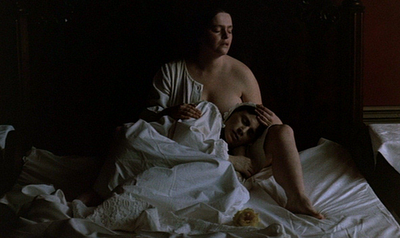
Scenes from a Marriage (1973)

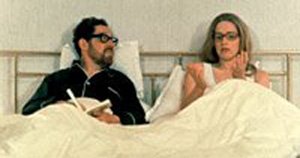

The Magic Flute (1975)
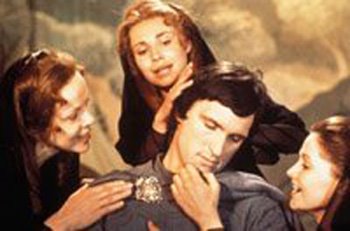
Fanny and Alexander (1982)
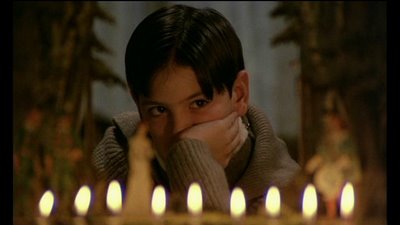
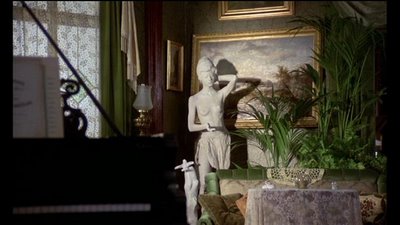



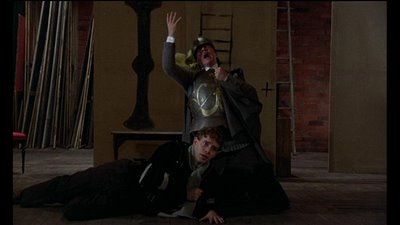
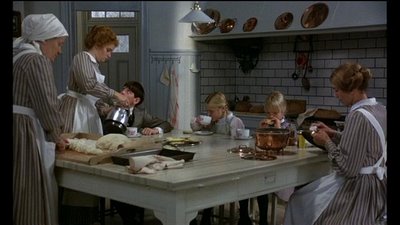

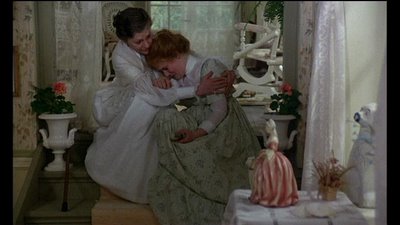


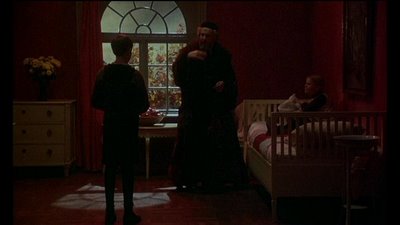

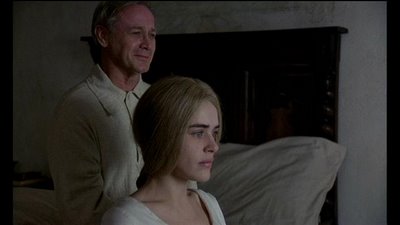

The Sacrifice (1986)

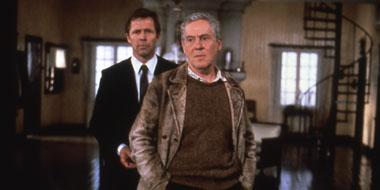

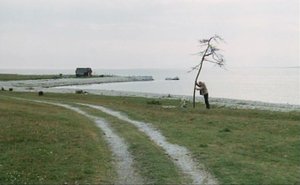

The Unbearable Lightness of Being (1988)
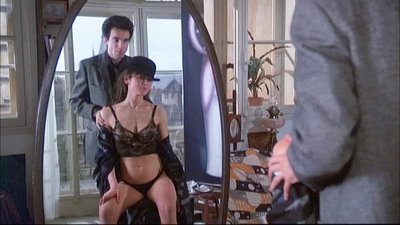

Crimes and Misdemeanors (1989)
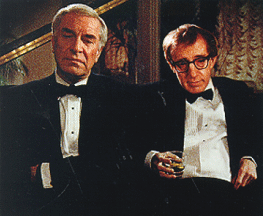



Sleepless in Seattle (1993)
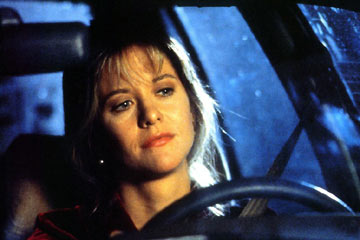
Celebrity (1998)
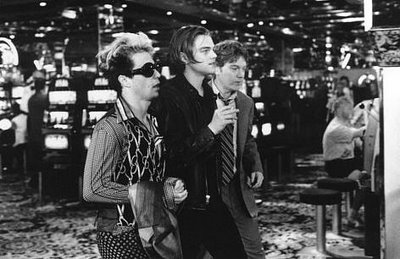


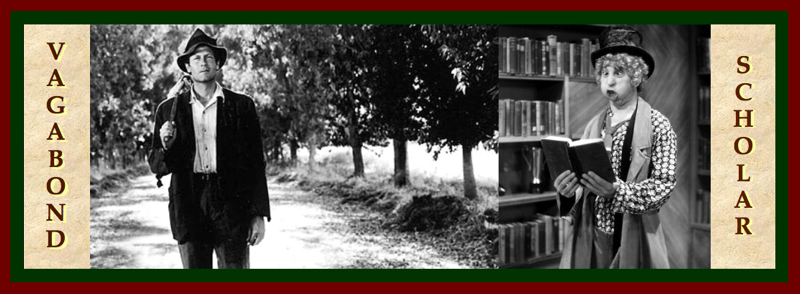
No comments:
Post a Comment